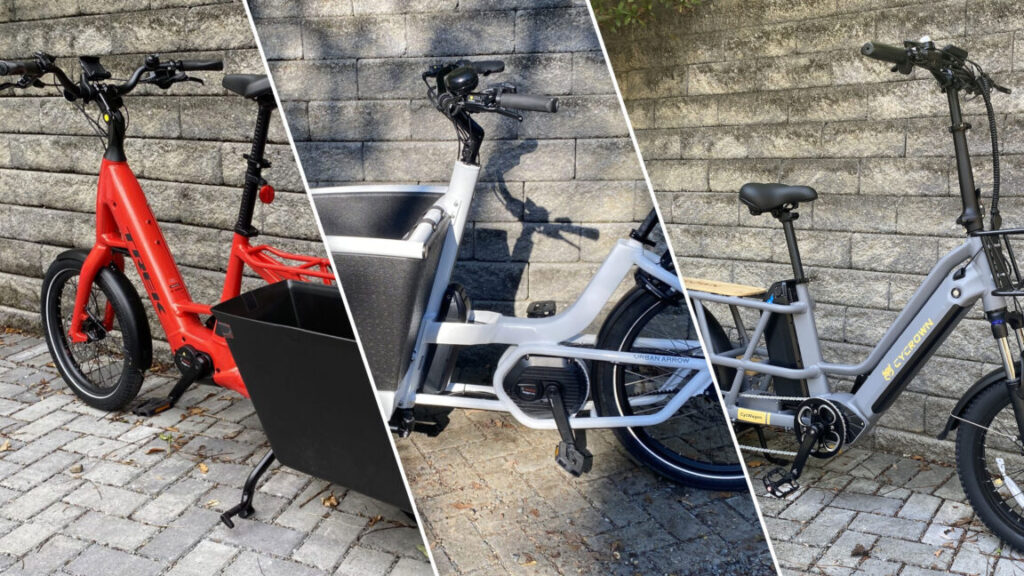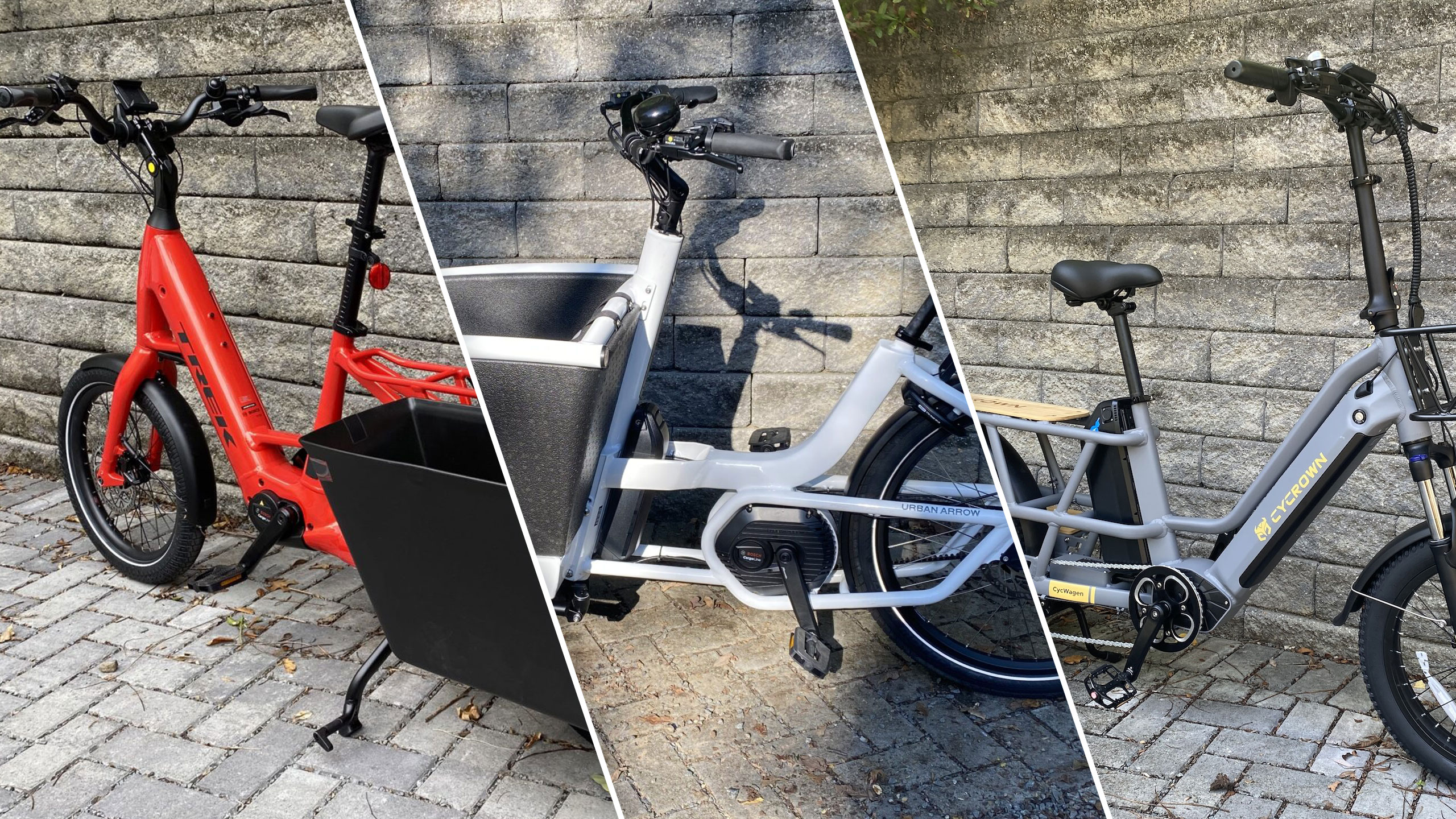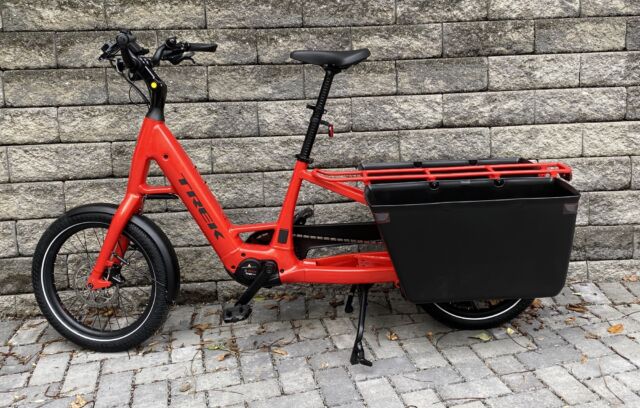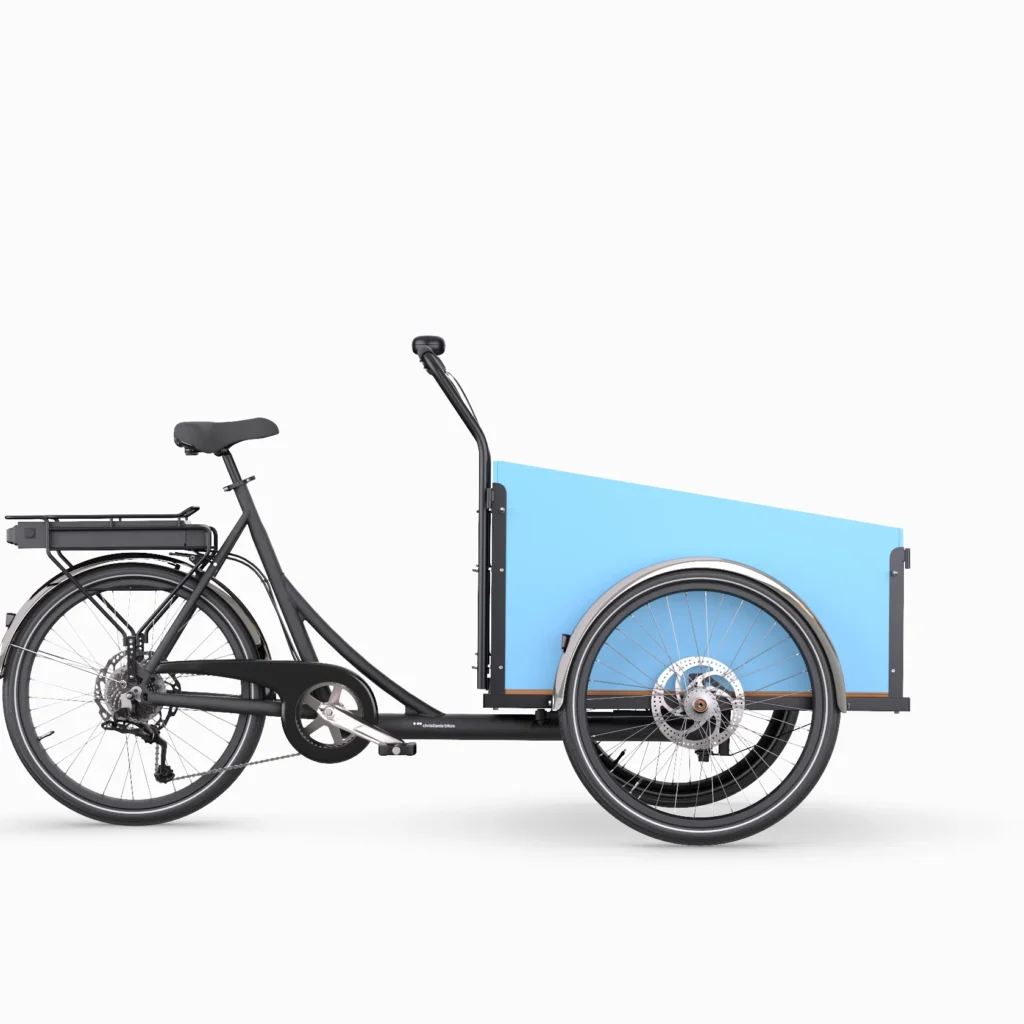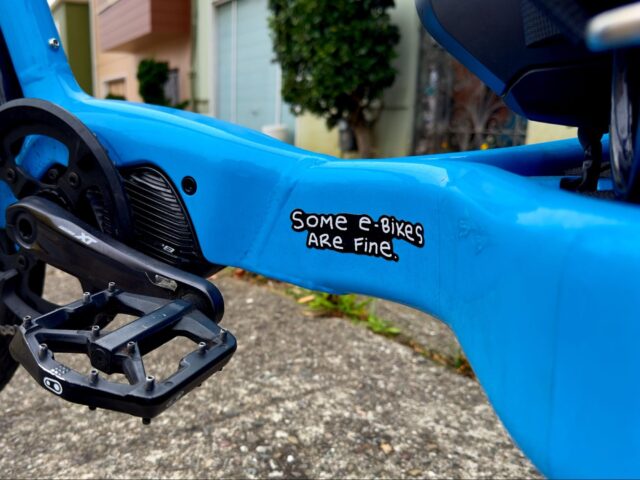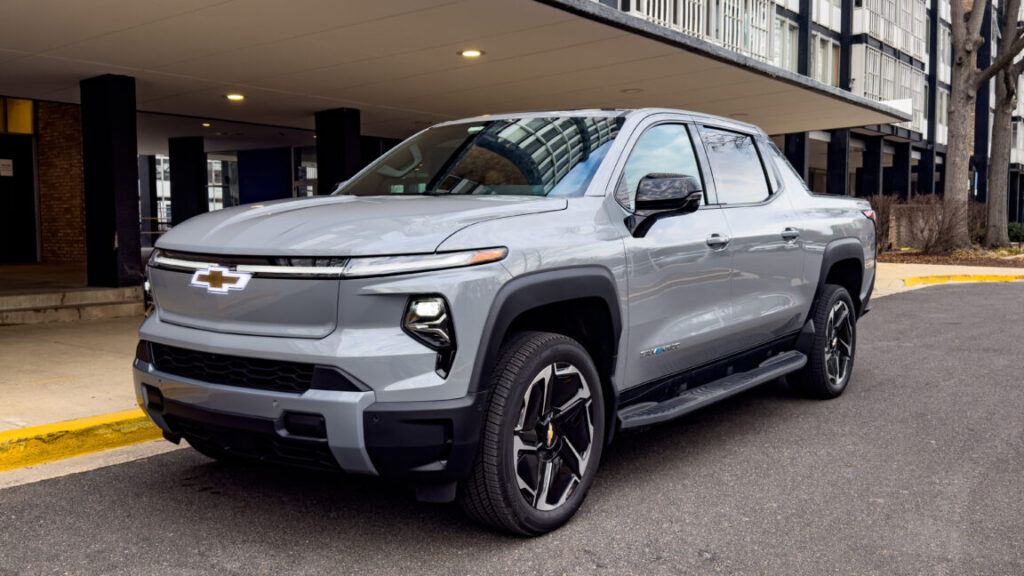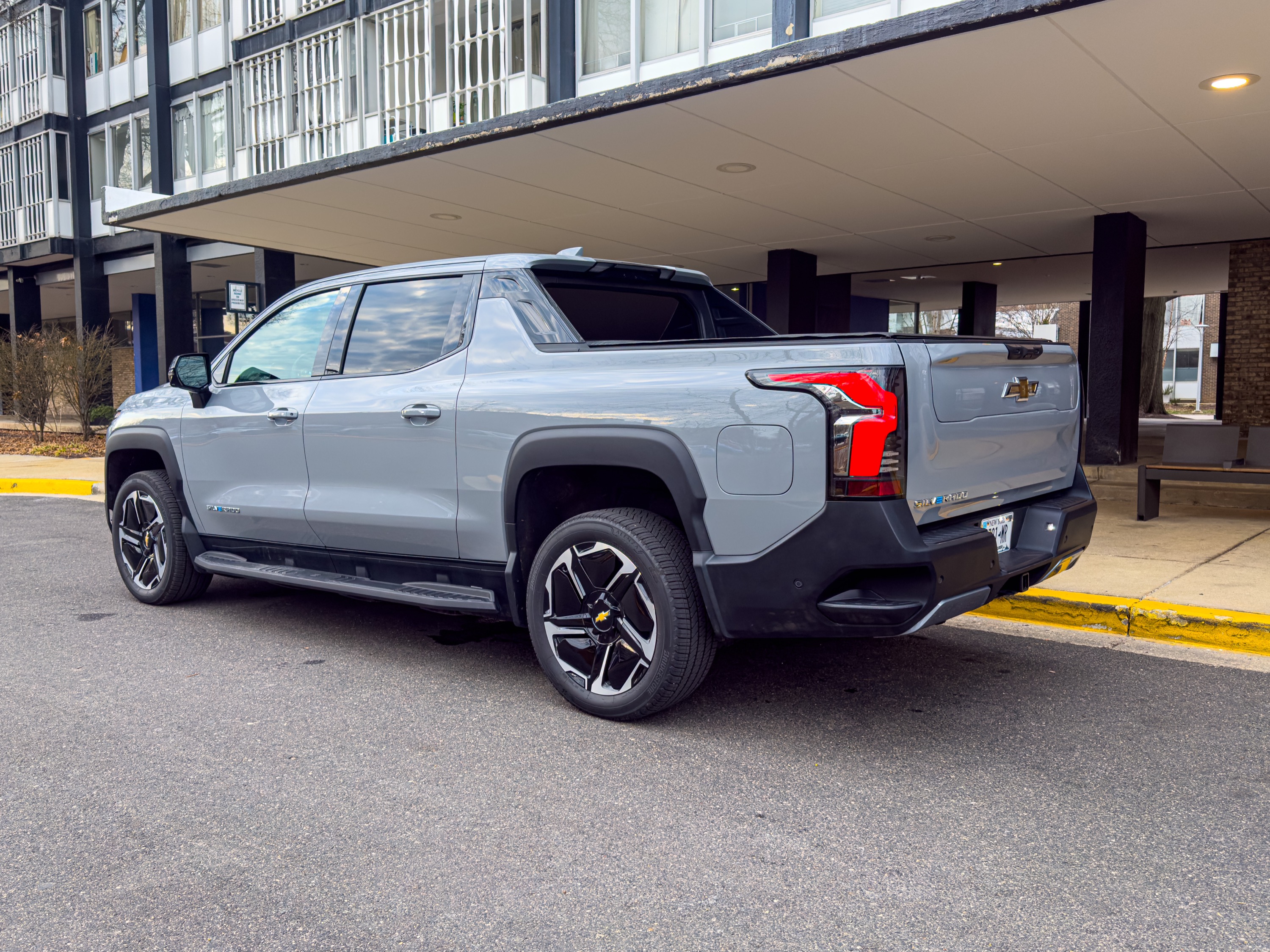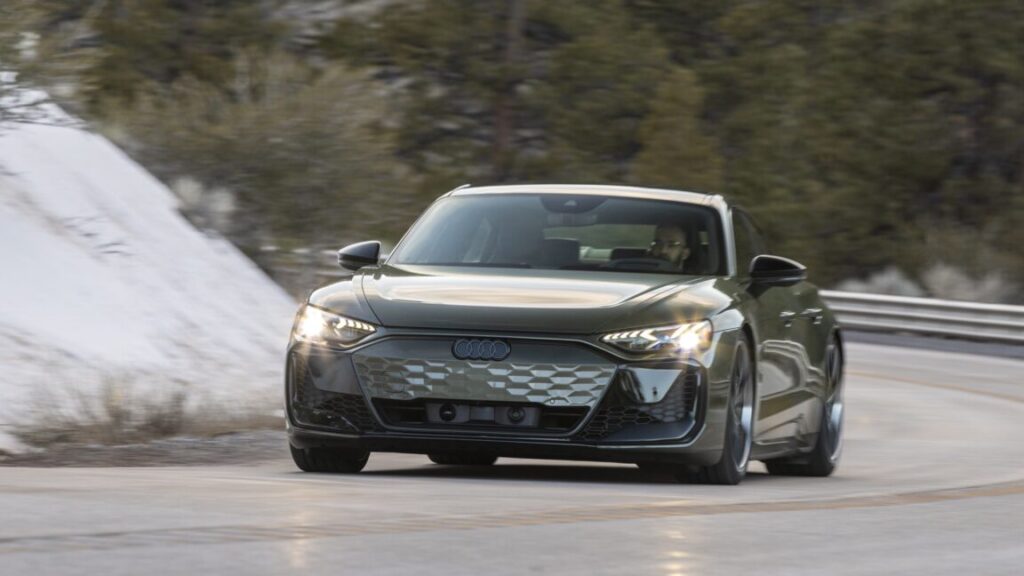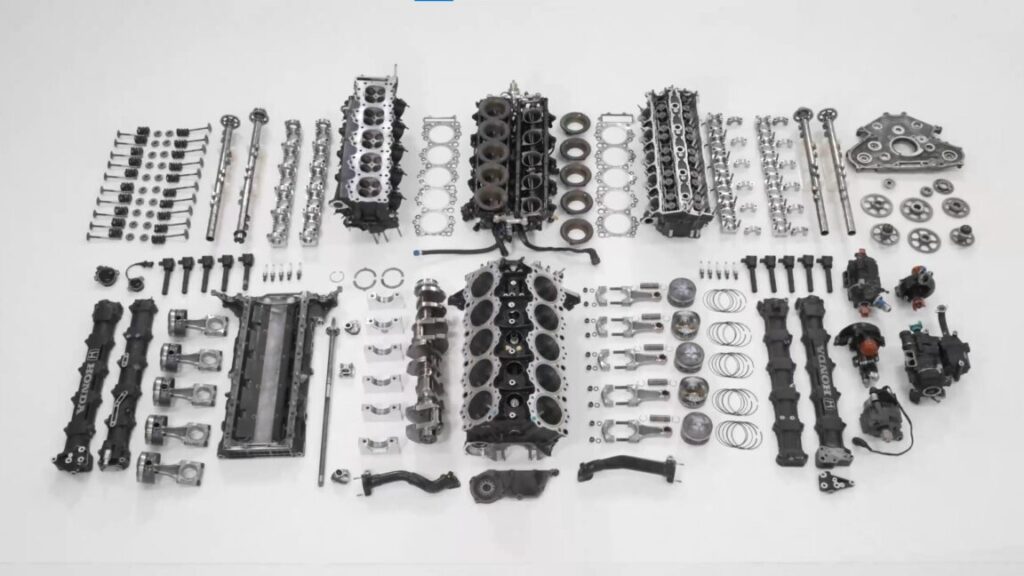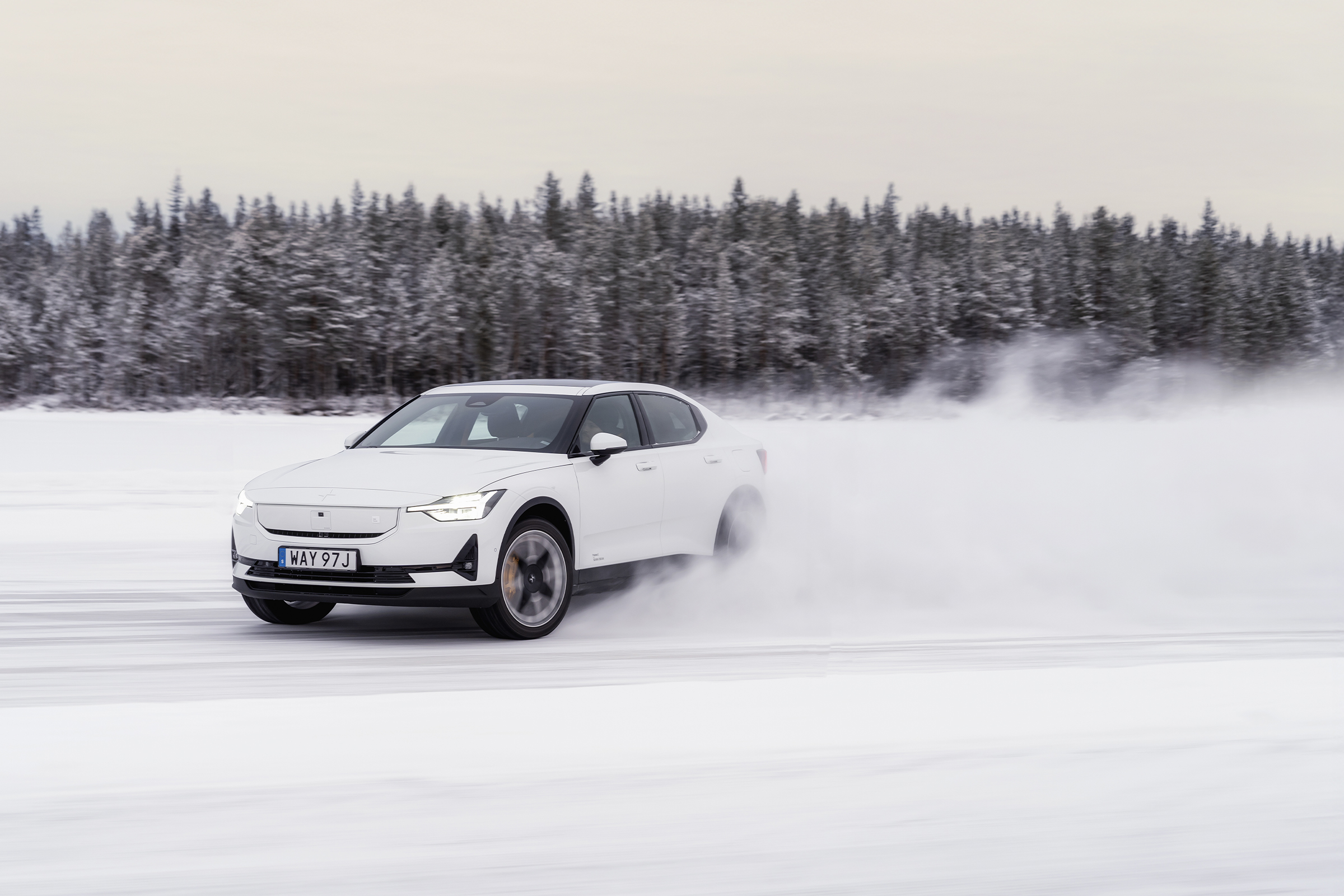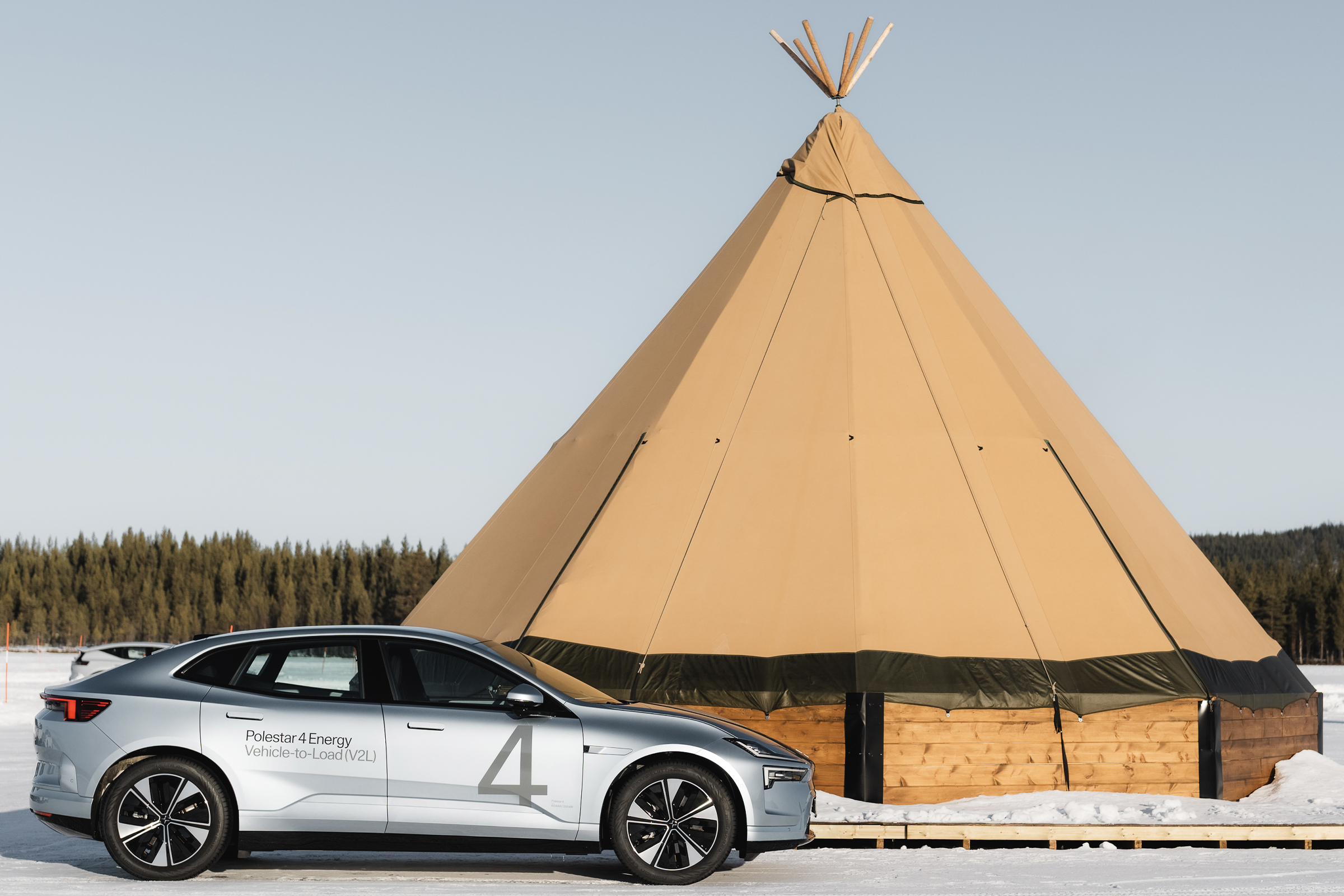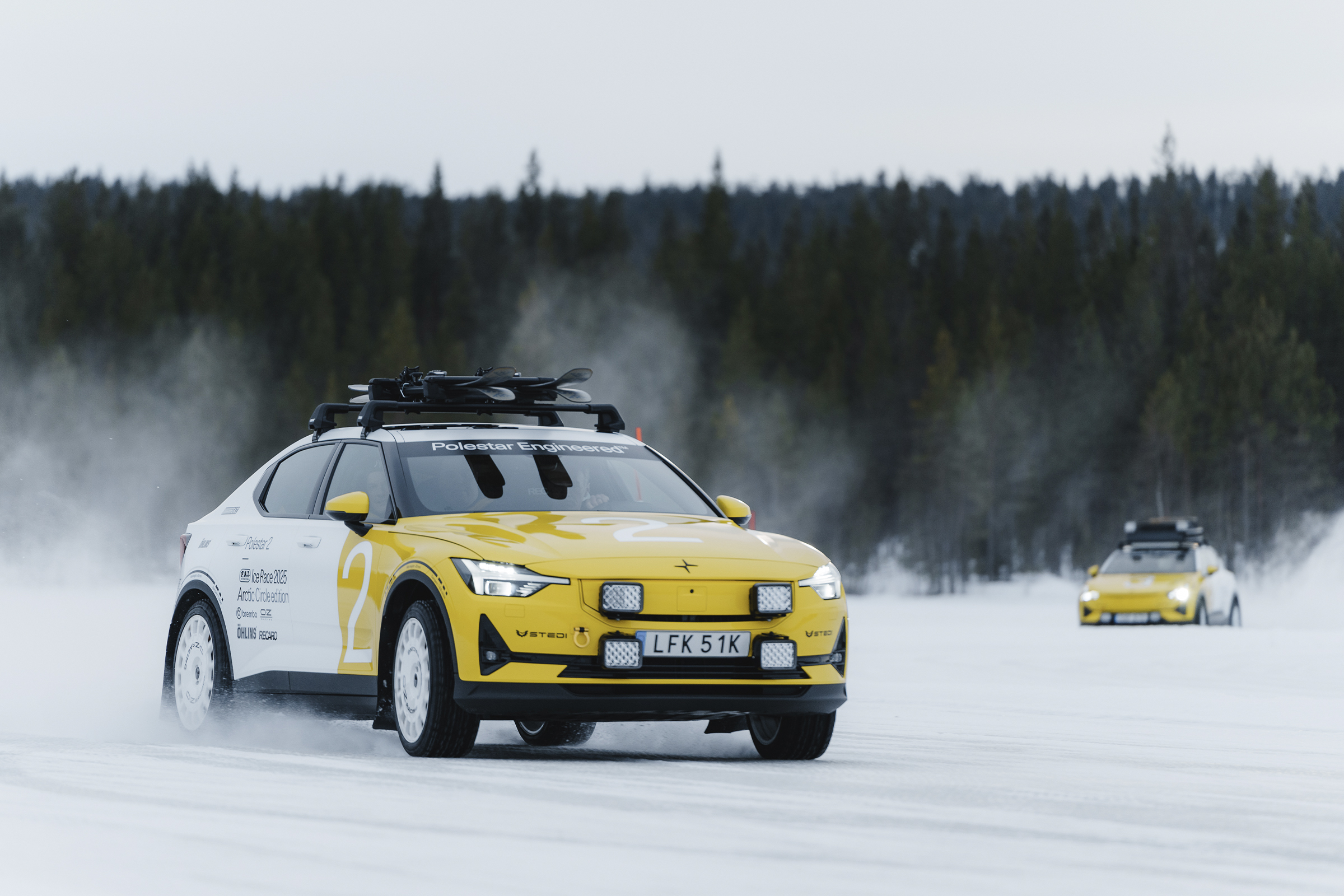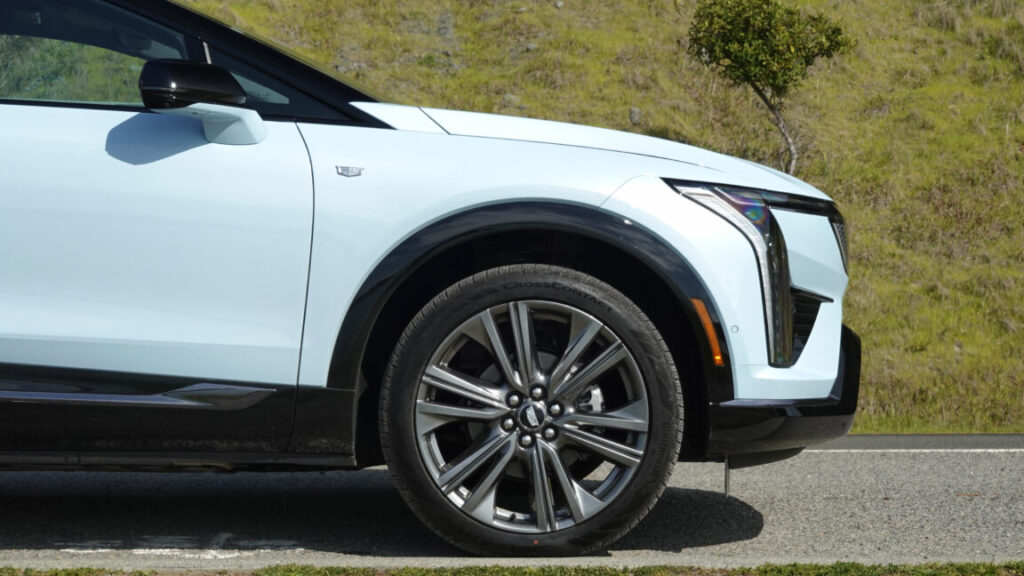Car safety experts at NHTSA, which regulates Tesla, axed by DOGE
Tesla has a lot riding on the swift success of its so-called Full Self-Driving software.
Credit: Kai Eckhardt/picture alliance via Getty Images
Job cuts at the US traffic safety regulator instigated by Elon Musk’s so-called Department of Government Efficiency disproportionately hit staff assessing self-driving risks, hampering oversight of technology on which the world’s richest man has staked the future of Tesla.
Of roughly 30 National Highway Traffic Safety Administration workers dismissed in February as part of Musk’s campaign to shrink the federal workforce, many were in the “office of vehicle automation safety,” people familiar with the situation told the Financial Times.
The cuts are part of mass firings by Doge that have affected at least 20,000 federal employees and raised widespread concern over potential conflicts of interest for Musk given many of the targeted agencies regulate or have contracts with his businesses.
The NHTSA, which has been a thorn in Tesla’s side for years, has eight active investigations into the company after receiving—and publishing—more than 10,000 complaints from members of the public.
Morale at the agency, which has ordered dozens of Tesla recalls and delayed the rollout of the group’s self-driving and driver-assistance software, has plunged following Doge’s opening salvo of job cuts, according to current and former NHTSA staff.
“There is a clear conflict of interest in allowing someone with a business interest influence over appointments and policy at the agency regulating them,” said one former senior NHTSA figure, who was not among the Doge-led layoffs.
Remaining agency employees are now warily watching the experience of other federal regulators that have crossed Musk’s companies.
“Musk has attacked the Federal Aviation Administration and Federal Communications Commission to benefit SpaceX,” said another former top official at the regulator. “Why would he spare NHTSA?”
Musk has repeatedly clashed with federal and state authorities. Last year he called for the FAA chief to resign and sharply criticized the FCC for revoking a 2022 deal for his satellite telecommunications company Starlink to provide rural broadband.
The NHTSA said in a statement that safety remained its top priority and that it would enforce the law on any carmaker in line with its rules and investigations. “The agency’s investigations have been and will continue to be independent,” it added.
Musk, Doge, and Tesla did not immediately respond to requests for comment.
The dismissals, instigated by email on Valentine’s Day, affected roughly 4 percent of the agency’s 800 staff and included employees who had been promised promotions as well as newly hired workers, according to seven people familiar with the matter.
Staff working on vehicle automation safety were disproportionately affected, some of the people said, because the division was only formed in 2023 so comprised many newer hires still on probation.
The email cited poor performance as a reason for the dismissals. However, one senior figure still at the NHTSA rejected the notion that this was the basis for the layoffs. Another said morale was low after “some huge talent losses.”
Doge’s actions could hamper Tesla’s plans, according to one laid-off agency worker, who said the dismissals would “certainly weaken NHTSA’s ability to understand self-driving technologies.”
“This is an office that should be on the cutting edge of how to handle AVs [autonomous vehicles] and figuring out what future rulemaking should look like,” said another former NHTSA employee. “It would be ironic if Doge slowed down Tesla.”
The company has a lot riding on the swift success of its so-called Full Self-Driving software.
Musk has promised customers and investors that Tesla will launch a driverless ride-hailing service in Austin, Texas, by June and start production of a fleet of autonomous “cybercabs” next year.
To do so, Tesla needs an exemption from the NHTSA to operate a non-standard driverless vehicle on American roads because Musk’s cybercabs have neither pedals nor a steering wheel.
“Letting Doge fire those in the autonomous division is sheer madness—we should be lobbying to add people to NHTSA,” said one manager at Tesla. They “need to be developing a national framework for AVs, otherwise Tesla doesn’t have a prayer for scale in FSD or robotaxis.”
The NHTSA’s decision on the cybercab exemption and the future of its proposed AV STEP program to evaluate and oversee driverless and assisted cars will be closely watched considering the high stakes for Tesla.
Current and former NHTSA officials have privately expressed concerns about Musk’s ambitious rollout plans and how he would wield his influence to ensure a speedy launch of the cybercab and unsupervised FSD on US roads.
The government could “speed up the [AV STEP] application process and weaken it in some way so the safety case is less onerous to meet,” one person told the FT.
The future of crash reporting is another area of concern for those at the agency, following reports that the Trump administration may seek to loosen or eliminate disclosure rules.
After a spate of incidents, the NHTSA in 2021 introduced a standing general order that requires carmakers to report within 24 hours any serious accidents involving vehicles equipped with advanced driver assistance or automated driving systems.
Enforcing the order has been a vital tool for the agency to launch investigations into Tesla and other carmakers because there is no federal regulatory framework to govern cars not under human control.
It was critical for a recall of 2 million Teslas in December 2023 for an update that would force drivers to pay attention when its autopilot assistance software was engaged.
“Crash reporting is vital, the massive Tesla recall on autopilot could not have occurred without it. We got a huge amount of info on crashes and followed up with demands for more data and video,” said one person involved in the recall. “But everything seems to be fair game right now.”
One person familiar with Musk’s thinking said the company felt unfairly penalized by the rules because its sensors and video recording are more advanced than rivals’ so it files more complete data.
“Reporters see that we are reporting more incidents—many of which have nothing to do with autopilot—and have told the wrong story about our safety record,” the person said. “There is a healthy amount of frustration about that dynamic… the idea our bar for safety is lower is just wrong.”
The NHTSA has shown no signs of backing down, overseeing three new recalls of Tesla vehicles since Trump took office, most recently ordering 46,000 Cybertrucks to be checked after discovering an exterior panel was prone to falling off because of faulty glue.
Of its eight active investigations into Tesla vehicles, five concern Musk’s claims about the capabilities of the company’s Autopilot driver-assistance system and its FSD software—central promises of Tesla’s value proposition and the subject of thousands of consumer complaints.
The agency has received an average of 20 per month on FSD since the software was launched, according to an FT analysis of more than 10,000 complaints.
A sharp rise in complaints about so-called “phantom braking” at the start of 2022 triggered one of the investigations. In one, about a mid-October 2024 incident, a Tesla Model 3 in FSD suddenly stopped in front of a car that would have crashed into it had the Tesla driver not taken back control of the vehicle and accelerated.
“Software is so far from being ready to be safely used,” the Model 3 driver said in the complaint.
While multiple Tesla tech updates in the past two years have reduced complaints about braking glitches, other software issues persist. The FT analysis, which used artificial intelligence to categorize complaints, shows errors connected to driver-assist tools such as FSD and Autopilot still make up a large share of complaints made against the company in the past year.
In February, the driver of a 2024 Cybertruck reported that FSD disengaged without warning, causing the vehicle to suddenly accelerate and nearly collide head-on with another car. The owner said they contacted Tesla service but the vehicle was neither inspected nor repaired.
Former Apple executive Jonathan Morrison has been nominated by Trump as the NHTSA’s next administrator and must find a way to navigate the agency through the perceived conflicts of interest with Musk, without being accused of stifling AV innovation.
“Elon has done a lot of really interesting things with tech that were thought to be impossible,” said one former top NHTSA official.
“What concerns me is that Tesla is not known for taking a slow and methodical approach; they move fast and break things, and people are at risk because of that. There have been preventable deaths, so it’s an immediate concern for us.”
© 2025 The Financial Times Ltd. All rights reserved. Not to be redistributed, copied, or modified in any way.
Car safety experts at NHTSA, which regulates Tesla, axed by DOGE Read More »

